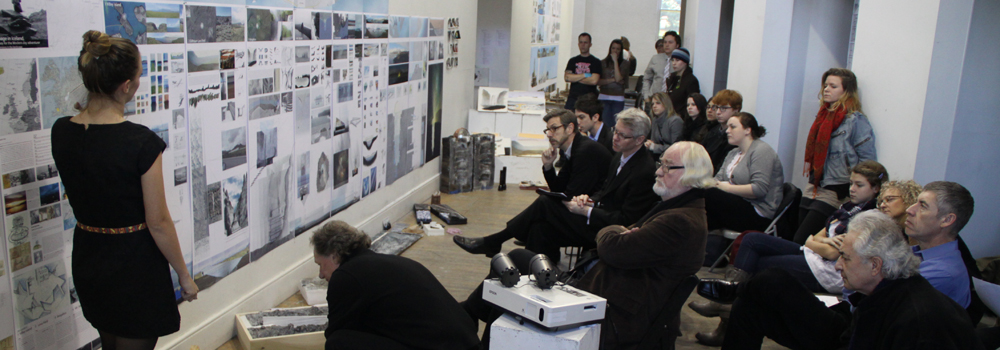Overview
The Sacred Space and Cultural Studies concentration is one of very few programs in the world where architecture graduate students, faculty, and professionals can reflect, learn, research, and profess the deepest spiritual and cultural roots of place-making. We pursue this interest by engaging the inspiring conversation between the physical and the metaphysical, matter and spirit, life and intention, through the eyes of architecture.
This task is certainly not new to our discipline. Since time immemorial buildings have been called to give us not only a protecting shelter but, as importantly, a meaningful connection to nature, cosmos, and the divine. Not one human generation has gone by without (consciously or unconsciously) asking fundamental existential, cultural, and religious questions about their dwelling which invariably answered in/through their built environment. What is relatively new, however, is taking a reflective and investigative position toward it— an effort of growing relevance given our challenging 21st Century zeitgeist. What constitutes sacred space in an increasingly secular world? Are commonalities possible in a multicultural world? How do faith, reason and service meet and inform one another in and through architectural practice? What is the role of space, ‘style’, technology, sustainability, context, computers, and budgets vis-à-vis an ethics of love, truth and compassion? Are there design processes and approaches better suited to engage the qualitative, ineffable, and immaterial? Is there room for beauty and joy in architecture and if so, how? What do architectural history and theory tell us about the sacred and cultural dimension of humanity?
The School of Architecture and Planning, founded in 1911, has a long history of exploring these topics and providing an environment uniquely positioned to support and advance this discourse. While the core issues of the SSCS concentration are intrinsic to Catholic University’s mission, the program also explores ecumenical and broader definitions of sacredness. Moreover, as culture, landscape and the sacred are of growing concern in global architectural practice, the concentration draws upon and hosts a highly diverse student body and experts from throughout the world, especially from Washington's international community.







